During the hot summer months, many people long for a cool and comfortable indoor climate. The sun shines intensely, and temperatures continue to rise. At the same time, exposure to harmful UV rays also increases. An effective way to counter these challenges is reflective window film. In this blog post, you’ll learn everything you need to know about this innovative technology, its benefits, and its applications.
What are reflective window films?
Reflective films, also known as sun protection films or mirror window films, are a special type of window film designed to reduce the entry of heat and harmful UV rays into indoor spaces. These films are made from high-quality materials with a reflective surface. The reflective property ensures that incoming sunlight is bounced back, allowing less heat to enter the room.
The effect of reflective films against heat
Insulation and temperature reduction
One of the main functions of reflective window films is to reduce heat transfer. Their reflective surface blocks a significant portion of sunlight before it can pass through the window. This results in a noticeable decrease in indoor temperature and creates a comfortable atmosphere in living and working spaces without the need for excessive air conditioning use.
Energy efficiency and cost savings
Thanks to improved insulation and temperature reduction, reflective films help to reduce energy consumption in buildings. In summer, cooling costs can be significantly lowered, as rooms stay naturally cooler. This effect is particularly important in regions with hot summers, as it can lead to substantial long-term cost savings.
The effect of reflective films against UV rays
Protection against harmful radiation
Another important function of reflective films is their protection against harmful UV rays. UV radiation can not only cause skin damage and premature aging, but also fade and damage furniture, flooring, and other interior elements. Reflective films block most UV rays and thus help protect indoor spaces from these harmful effects.
Health benefits
By protecting against UV rays, reflective films also contribute to improved health. People with sensitive skin or certain skin conditions especially benefit from reduced UV exposure indoors. The eyes are also protected from the harmful effects of sunlight.
Applications of reflective films
Private households
Reflective films are ideal for use in private households. They can be installed in living rooms, bedrooms, and bathrooms to create a comfortable indoor climate and ensure protection against UV rays. Privacy is maintained, as the films have a mirror effect that blocks prying eyes from outside.
Commercial and office buildings
In office and commercial buildings, reflective films are commonly used to improve working conditions for employees. By reducing heat buildup, they help maintain productivity without the need for air conditioning to run at full power constantly. At the same time, expensive office furnishings are protected from fading and premature wear.
How to survive a heatwave at home: effective strategies to avoid heat
I. The power of ventilation
One of the simplest yet most effective ways to reduce heat in your home is proper ventilation. Here are some proven methods:
- Use natural cross-ventilation: during the cooler hours, such as early morning or late evening, open windows on opposite sides to let a pleasant breeze flow through your home. This allows fresh air to circulate and pushes stagnant heat outside.
- Windows and curtains: During the day, keep windows and curtains closed to reduce direct sunlight. Use light-colored curtains that block sunlight while still allowing daylight to diffuse through the room.
II. The magic of sun protection
- Reflective surfaces: Using reflective materials, such as sun protection films on windows, can help deflect a large portion of sunlight before it enters your home.
- Awnings and exterior blinds: Install awnings or exterior blinds to protect your windows and terraces from direct sunlight. This keeps the heat outside and your home comfortably cool.
III. Smart use of electrical appliances
- Avoid additional heat sources: Electrical devices like computers, televisions, and lamps generate heat and contribute to warming up your home. Reduce their use or turn them off when not needed.
- Use cooling devices: If you have an air conditioner or fan, make sure it operates efficiently and is maintained regularly. A well-maintained cooling device can work wonders in keeping the room temperature comfortable.
IV. Optimizing interior design
- The power of colors: Light colors such as white, pastel, or beige reflect light and heat better than dark shades. Design your home with these colors to minimize heat absorption.
- Reduce the number of furniture items: Less is often more, especially in small spaces. Reducing the amount of furniture in your living area helps improve airflow and decreases heat buildup.
V. The green touch: plants and water
- Green plants for a cool atmosphere: Houseplants not only help purify the air, but can also lower room temperature by releasing moisture and increasing humidity.
- Water as a cooling agent: Place bowls of cold water or ice in front of your fans to enhance the cooling effect. You can also hang damp cloths over the windows to achieve a similar result.
Conclusion
Reflective window films are an outstanding solution for effectively blocking heat and harmful UV rays. Their reflective surface reduces heat buildup and limits UV radiation from entering indoor spaces. This creates a comfortable and healthy living and working environment. Whether in private homes or commercial buildings, reflective films are a worthwhile investment that leads to long-term energy savings and cost reduction. If you want to enjoy a cool and protected home this coming summer, reflective films are the ideal choice. Don’t leave anything to chance – choose this innovative sun protection!

